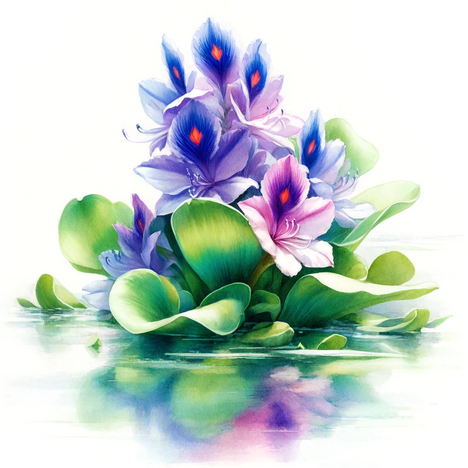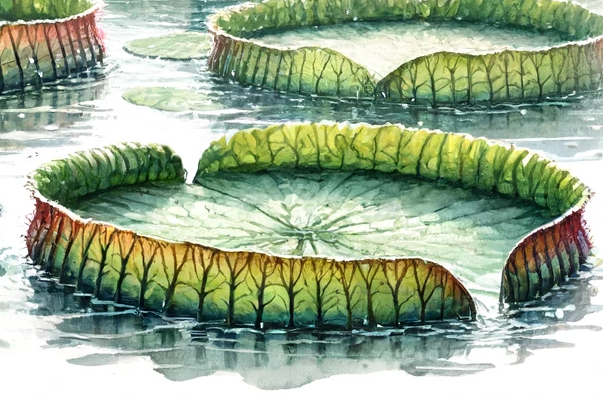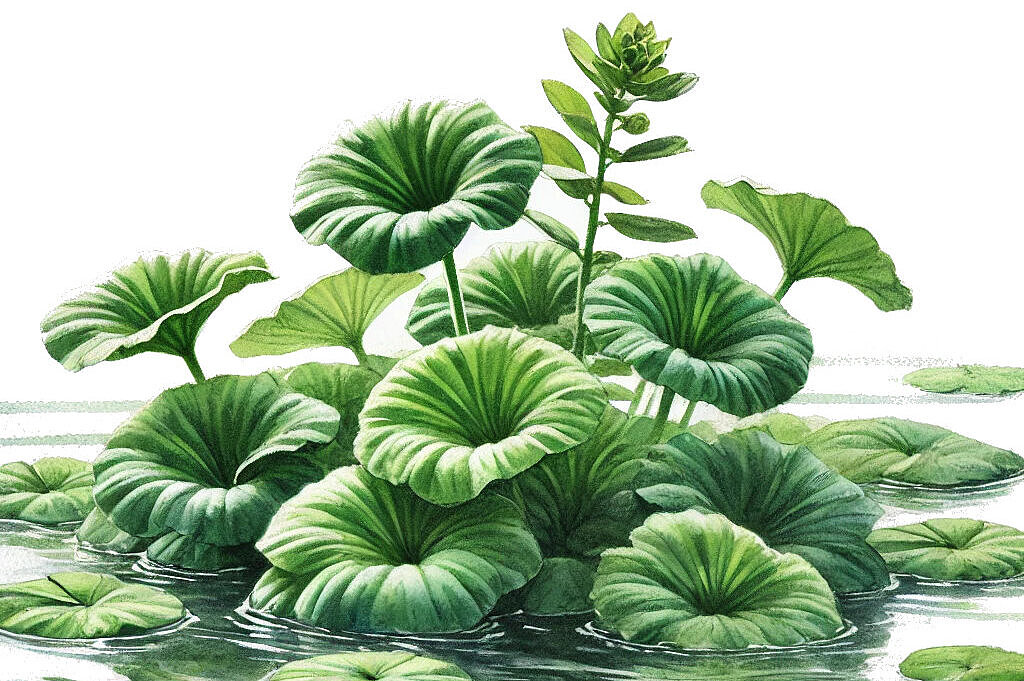Water hyacinths

What are water hyacinths?
Origin and characteristics
The water hyacinth (Eichhornia crassipes) is a floating aquatic plant that originally comes from the Amazon basin in South America. It is known for its attractive, purple-colored flowers and its ability to spread rapidly over water surfaces. Water hyacinths can form dense mats that cover the water surface, affecting both water quality and navigation on bodies of water.
Distribution and ecological impact
Water hyacinths have spread worldwide in tropical and subtropical regions. They are particularly problematic in warm climates where they can grow rapidly and overgrow water bodies without natural enemies. This invasive species can significantly disrupt the local ecosystem by reducing oxygen levels in the water and altering habitats for fish and other aquatic life.
Are water hyacinths toxic to dogs?
Toxicity and symptoms
Water hyacinths contain certain chemical compounds that can be potentially toxic to dogs. If your dog eats parts of the plant, symptoms such as nausea, vomiting, diarrhea and, in severe cases, breathing problems may occur. However, the exact toxicity can vary and depends on the amount of plant parts ingested.
Precautions
It is important to keep dogs away from water hyacinths, especially if you live in a region where these plants are common. Make sure your dog does not eat any parts of the plant and supervise him when he plays or swims near water hyacinths.
Water hyacinths are impressive plants, but they pose both ecological and health risks. They can be poisonous to dogs, so caution is advised if your dog comes into contact with these plants. Always be aware of the plant species in your area and take appropriate precautions to ensure the safety of your four-legged friend. Your dog will thank you for it!
Properties 8
Are you looking for other ingredients with a specific property?
Just click on them to find more.
If you notice any signs of hypersensitivity or poisoning in your dog, you should see your vet immediately. We are not a substitute for a vet, but we try to be as accurate as possible. Every dog reacts differently and we recommend you get a second opinion or consult your vet if in doubt.
Stay healthy and take good care of your four-legged friend!😊
Similar to Water hyacinths
Giant water lilies, scientifically known as Victoria, belong to the water lily family (Nymphaeaceae). There are mainly two species: Victoria amazonica and Victoria cruziana. These plants are known...
Floating ferns belong to the Salviniaceae family and comprise several species, including the common floating fern(Salvinia natans) and the giant floating fern(Salvinia molesta). These plants are...
Duckweeds are the smallest flowering plants in the world. They have no real stems or leaves, but consist of flat shoots with one or more root filaments. Depending on the genus and species, the size...
Waterweed is a genus of aquatic plants belonging to the frogbit family (Hydrocharitaceae). The most common species are Elodea canadensis and Elodea nuttallii. Originally from North America, the...


